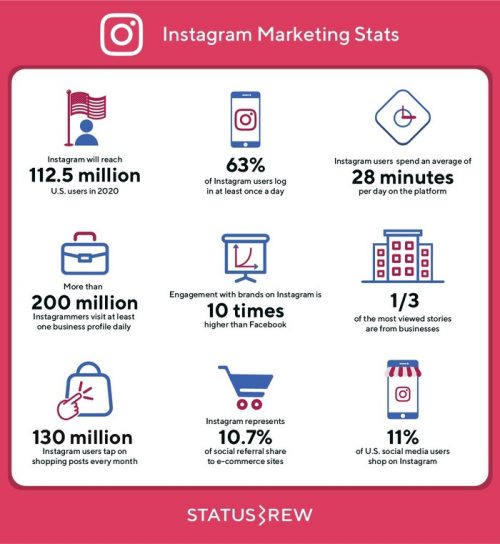Facebook and Instagram are two of the most widely used social media platforms. While both platforms have their strengths, they differ in several ways. Facebook has a user-friendly interface that is great for those who want to connect with friends and family, while Instagram’s interface is visually appealing and perfect for those who want a platform focused on visual content. Both platforms offer privacy options and two-factor authentication. Facebook has a more extensive advertising platform, while Instagram focuses on visual ads. Instagram’s stories and reels are unique and promote more frequent engagement. Ultimately, the decision between the two platforms will depend on individual preferences.
Facebook vs. Instagram: Which Social Media Platform is King?
Social media has become a crucial part of our daily lives. We use it to communicate, share photos, and stay connected with our friends and family. Two of the most popular social media platforms are Facebook and Instagram. Both platforms have millions of users worldwide, but which one is better? In this article, we’ll compare and contrast Facebook and Instagram and determine which one is the king of social media.
Overview
Facebook is a social media platform that allows users to connect and communicate with friends and family members. It was launched in 2004 and has over 2.7 billion monthly active users. Facebook allows users to share photos, videos, and written content on their timelines. Users can also join groups and participate in events.
Instagram, on the other hand, is a photo-sharing platform launched in 2010. It has over 1 billion monthly active users and is owned by Facebook. Instagram allows users to share photos and videos on their profile, and users can follow other accounts to see their content. Instagram also offers stories and reels, which are short-form videos that disappear after 24 hours.
User Interface
The user interface is an essential aspect of social media platforms. It affects usability and the overall experience of the user. Facebook’s interface is user-friendly and straightforward, making it easy for users to navigate. The interface has a news feed, groups, and notifications tab. Users can also access their messages and profile from the center of the screen.
Instagram’s interface is aesthetically pleasing, with a focus on visual content. The platform’s interface is all about scrolling through images and videos. It has five tabs on the bottom of the screen: home, search, reels, activity, and profile. Instagram’s interface is simple and easy to use, making it perfect for people who want a platform focussed on visual content.
Privacy
Privacy is a significant concern for all social media users. Facebook has been under scrutiny for its privacy policy in the past. However, it has improved its privacy settings by providing users with more control over their data. Facebook allows users to choose who can see their posts, photos, and videos. It also has two-factor authentication that adds a layer of security to users’ accounts.
Instagram also offers similar privacy options. Users can set their account to private, which means only people they approve can follow them or see their content. Instagram also offers two-factor authentication, which adds a layer of security to users’ accounts.
Advertising
Both Facebook and Instagram have advertising options for businesses. Facebook’s advertising platform is more extensive than Instagram’s, offering more advertising features that allow businesses to target specific audiences. Facebook also offers a wide range of ad formats, including image, video, carousel, and slideshow ads.
Instagram has a more straightforward advertising platform, with fewer options than Facebook. Instagram offers image and video ads, carousel ads, and stories ads. However, Instagram’s advertising options are more visual, making them perfect for brands with visually appealing products.
Engagement
Engagement is crucial for social media platforms. It measures how much users interact with the platform’s content. Facebook and Instagram offer different kinds of engagement. On Facebook, users can like, comment, and share posts. Facebook also offers reactions, which are animated emojis that users can use to respond to posts.
Instagram’s engagement takes a different approach. Users can like and comment on posts, but Instagram also offers Instagram stories and Instagram reels that disappear after 24 hours. This feature encourages users to engage with content more frequently.
Conclusion
In conclusion, both Facebook and Instagram are excellent social media platforms that offer different features and benefits. Facebook is better for businesses that want to advertise and target a specific audience. Instagram is better for people who want a visually appealing platform that is easy to use. Both platforms offer privacy options and two-factor authentication, making them more secure. In terms of engagement, Instagram’s stories and reels offer a unique experience that Facebook can’t match.
The final decision depends on what the user wants from a social media platform. Both Facebook and Instagram are kings in their own right. It’s up to the user to decide which platform is the best fit for them.
